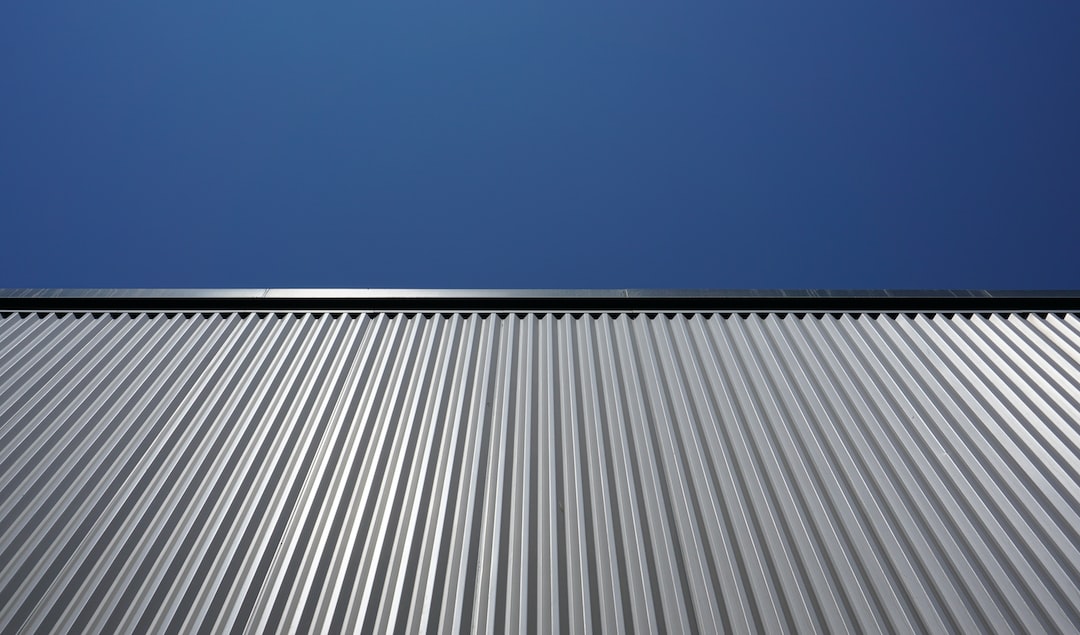The Unique Nature of Commercial Metal Roofing Panels
It’s important to discuss your budgetary confines and design priorities with your contractor before deciding on which commercial roofing panels are right for you.
IMPs (Insulated Metal Panels) combine a metal skin exterior and a polyisocyanurate insulating foam core. They are ideal for buildings with precise climate control needs.
Durability
Commercial metal roof panels have a long life expectancy. They’re far more durable than asphalt shingles and other roofing systems, withstand severe wind trauma, and are energy efficient. They reflect heat to keep buildings cooler in the summer and retain warmth – up to 15 degrees warmer – to save on heating costs in the winter.
Your budget, the local weather environment, and the type of commercial space will influence the metal roof panel selection process. Consider factors such as the amount of sunlight, humidity levels, and the frequency of rainstorms. The durability of your roof depends on the material you choose and its gauge (or thickness). A higher gauge indicates a thicker metal panel, making it more damage-resistant.
Corrugated panels make up the majority of commercial metal roofs. They have a low price point and are available in various shapes and sizes. However, their exposed fasteners are prone to corrosion and require frequent retightening. Additionally, their fixed grips don’t accommodate the natural shifting of panels caused by dramatic shifts in temperature, increasing stress on the fasteners over time.
Standing seam metal roofs are more expensive, but their overlapping panels offer superior durability and waterproofing. They have a three-hour fire rating, a significant advantage over other roofing options.
Environmentally Friendly
Metal roofing is an excellent choice for those looking to practice conscious sustainability. It has a long lifespan and can be easily replaced or recycled. This reduces building materials waste and eliminates the need for landfill disposal.
In addition, metal roofs require less maintenance and are more durable than other roofing options. They can withstand severe weather conditions and even fire. Additionally, they are easy to install and can enhance the overall value of a property.
There are several options for commercial metal roofing panels, ranging in thickness and appearance. The most popular option is corrugated, which offers various color, style, and texture choices. Other options include stone-coated steel, which provides a more natural look, and different exposed or hidden fastener styles. Standing seam panels are a more modern alternative, featuring raised seams that snap together without any exposed fasteners for a sleek, stylish design.
Whatever style of commercial roofing panel is chosen, it’s essential to consider the structural needs of the building and any other architectural features that will be used. For example, the slope of a commercial building plays a key role in how a metal roof performs. Roofs with steep slopes can withstand stronger winds and are more likely to drain rainwater efficiently, while roofs with shallow slopes may have trouble with snowfall or high rainfall levels.
Aesthetics
Metal roof panels can complement a variety of architectural styles. Unlike metal shingles and stone-coated steel solutions, which can be quite aesthetically displeasing, the commercial metal panels used as roofing and siding can be designed to blend with other building components for a cohesive exterior design. These panels can be shaped, bent, and curved without losing strength or integrity, making them ideal for working with unique or challenging building forms.
Colors range from natural and earthy tones to bold pops of color that can make a building stand out. Specially formulated “cool pigments” are also available to boost solar reflectance, causing the panel energy efficient.
The appearance of metal roof panels depends on many factors, including gauge, panel style, and fasteners. Some panel systems interlock and have hidden fasteners, which gives a more modern, clean look. Others, such as standing seam panels, look precisely like what they are-long sheets of painted steel with vertical seams. These panels may be either single-lock or two-piece snap interlock and are installed over a solid substrate.
Another critical factor is the building geometry, as there are different panel selections for low and steep slopes. In addition, long panel runs are subject to thermal expansion and contraction (known as cycling), so a system that accommodates this is essential.
Energy Efficiency
Metal roofs reflect solar radiant heat in the summer, keeping the building cooler and reducing cooling costs. Plus, they are a natural insulator and can help you cut down on energy costs for heating in the winter.
Unlike asphalt shingles, which can lose their insulating value over time, metal roofing panels maintain their thermal properties for decades. These panels also allow for high-efficiency skylights, windows, and more to boost your energy savings further.
Corrugated metal roof panels come in various sizes, thicknesses (or gauges), and shapes. They offer an affordable solution with a lifespan that exceeds single-ply solutions. The durability of these systems varies by shape, but they generally require little maintenance beyond retightening fasteners in ten years.
Standing seam metal roofs have expanded from their industrial roots to become a popular design choice in many commercial buildings, including upscale housing, restaurants, civic buildings, and retail businesses. These metal roofs have a sleek appearance and are available in various colors to suit any style.
They are also highly durable and can last up to a lifetime – up to four times longer than traditional asphalt shingles. Plus, they can be recycled again and again. While a standing seam system is more expensive than corrugated panels, the stronger durability and longevity may make it worth the investment for your business.




